
Background information
«Buy once, buy well»: how Black+Blum develops products for life
by Anna Sandner
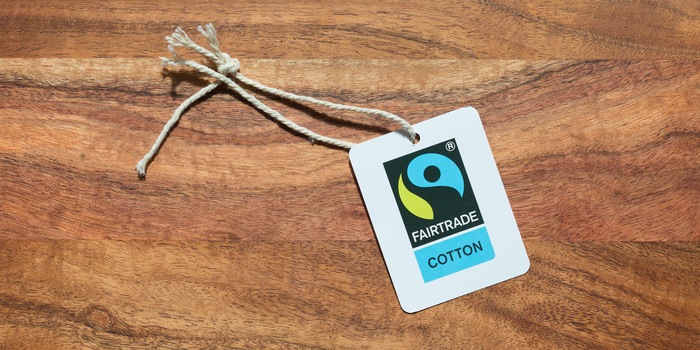
The fashion industry is one of the dirtiest. Eco-labels are supposed to bring light into the darkness and show you which textiles have been produced cleanly. But only if you know what they mean.
RDS, Fairtrade Cotton and BSCI - sustainability labels and initiatives are a dime a dozen. They recognise textiles made from green materials, sustainably producing companies or companies that are socially committed. But what should you look out for in these labels and what do they actually mean? An overview in two parts.
Missed the first part? Here is the link:
Criticism: The focus of the RDS is on the supply chain. From the chick to the end product on the plate. What happens to the parent animals on the farms is irrelevant.
Criticism: The social label is limited to cotton, i.e. the raw material. The label says nothing about the extent to which the entire supply chain complies with the Fairtrade standard.
Criticism: Its strength is also its weakness: The strict guidelines of the association make the seal of quality a rarity on the market.
Criticism: With the Blue Angel, you are not necessarily choosing a sustainable textile. On the other hand, you know that it has performed comparatively better than a competing product.
The initiative is made up of retailers, manufacturers and environmental and human rights organisations. The focus is on improving working and environmental conditions in global cotton cultivation. This means that chemicals are kept to a minimum and resources such as water are used sustainably. Those who want to be BCI-certified must meet certain standards, which are evaluated on a random basis by recognised auditors. Good to know: BCI cotton is not organic.
Criticism: Organic cotton is not part of the Better Cotton Initiative. Pesticides and genetically modified seeds are permitted.
Criticism: The Green Button certificate for fairly produced clothing is in its infancy, as it does not yet cover the entire supply chain. Moreover, the criteria are not strict enough to ensure compliance with human and labour rights.
Criticism: The LWG focuses on environmental aspects in leather production. Working conditions, animal husbandry etc. are not evaluated.
Should the focus be on pollutant-free and sustainable textiles or on fair working conditions? Fashion labels and consumers are still spoilt for choice, as there are only a few patent solutions. What do you look for when shopping? Let me know in the comments column.
Titelbild: Shutterstock (Siegel) und Akil Mazumder/Pexels (Hand)When I’m not exploring the depths of the sea as an open water diver, I enjoy plunging into the world of fashion. On the streets of Paris, Milan and New York is where I keep my eyes peeled for the latest trends. And I’ll show you how to take them from the catwalk to your everyday life.
Interesting facts about products, behind-the-scenes looks at manufacturers and deep-dives on interesting people.
Show all
Background information
by Anna Sandner

Background information
by Patrick Bardelli

Background information
by Debora Pape

The Textile Exchange is behind the down standard. The non-profit organization specifies binding minimum standards for the extraction of down and feathers. These come from ethically sound farms. Geese and ducks may not be force-fed, live plucking is prohibited. In addition, the feathers must come exclusively from dead animals - i.e. from slaughter plucking. Certified products consist of 100 percent RDS down.
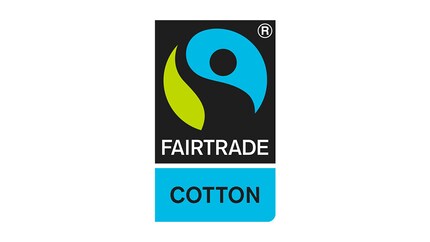
The name says it all here: the social label identifies products made from Fairtrade Cotton. This means that the cotton is grown and harvested under fair working conditions. Farmers receive the cost-covering minimum price for their cotton. Only limited use of pesticides is permitted, and genetically modified seeds are prohibited. In addition, organic cultivation is promoted and better paid. In addition, the farmers receive help with the conversion. In addition to the annual inspections, producers must also expect unannounced inspections. If nothing is found to be wrong with two successive inspections, the third is carried out on a smaller scale.
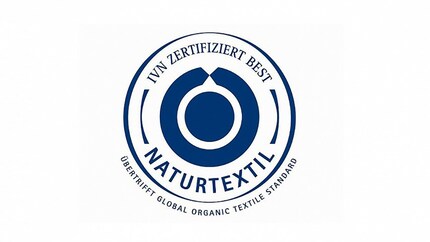
The International Association of the Natural Textile Industry - an association of over 100 textile companies - has been awarding the "Naturtextil IVN zertifiziert Best" seal of quality for 21 years. According to industry experts such as Greenpeace, it is currently one of the strictest labels. It stands for ecologically compatible textiles that have been produced sustainably. The focus is on the entire production chain. IVN-certified products are made from natural fibres from organic cultivation. Synthetic fibres - apart from elastic parts and sewing threads - are taboo. The same applies to toxic substances used in the cultivation, production and finishing of the textiles. The seal is valid for one year. After that, a new (unannounced) inspection is carried out to extend it.

The German eco-label is one of the oldest. It was initiated in 1978. The seal is awarded to textiles that are more environmentally friendly than equivalent competing products. The label identifies textiles that come from the most environmentally friendly production possible and are manufactured without substances that are hazardous to health, such as flame retardants. Organic cotton, for example, is based on non-GMO seeds. In return, man-made fibres that have been tested for harmful substances, such as elastane and polyester, are permitted. The catalogue of criteria is adapted at regular intervals. If a product no longer meets these standards, the eco-label is withdrawn.
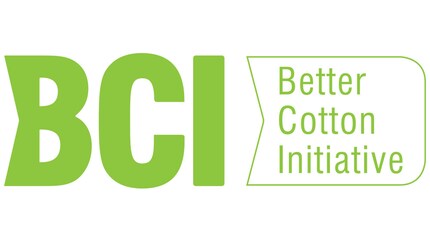
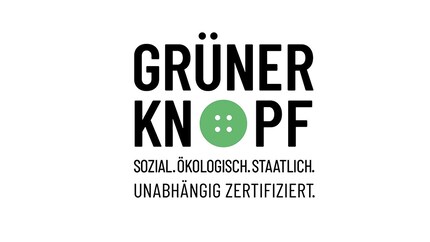
The German government textile seal - for ethically correct and environmentally friendly produced clothing - was launched in 2019. Certified companies must meet 46 criteria during production. Substances that are harmful to the environment and health, such as softeners, are banned. Limit values for waste water must also be complied with. Fair working conditions are also required. These measures ensure that companies comply with international human and labour rights. Compliance is monitored by independent but recognised auditors.

The English non-profit organisation is a voluntary association of manufacturers, suppliers, brands and leading experts from the leather industry. The membership initiative aims to make leather production transparent and to promote sustainable environmental practices. Certified tanneries do not use any substances that are harmful to the environment or health in the production of leather and use water and energy responsibly so that they reduce their emissions. The Leather Working Group now has over 1000 members worldwide.
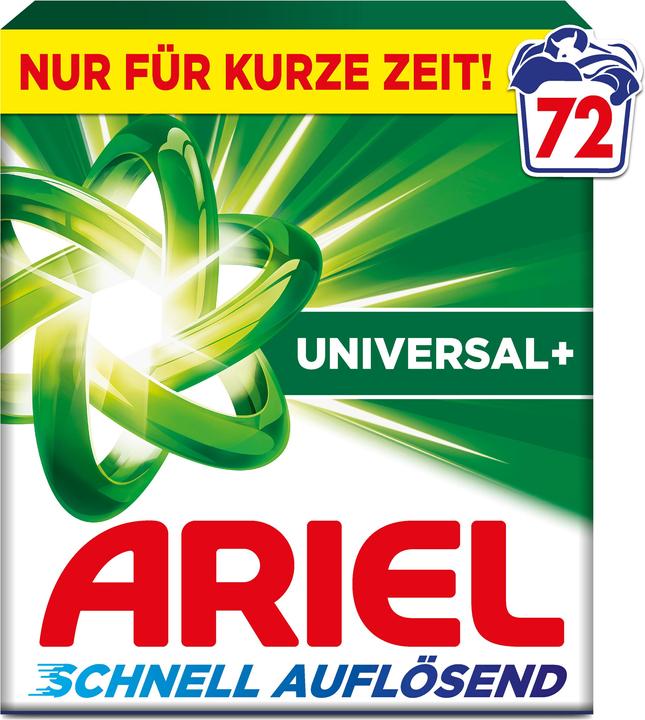
Ariel Universal+
72 Washing cycles, Washing powder